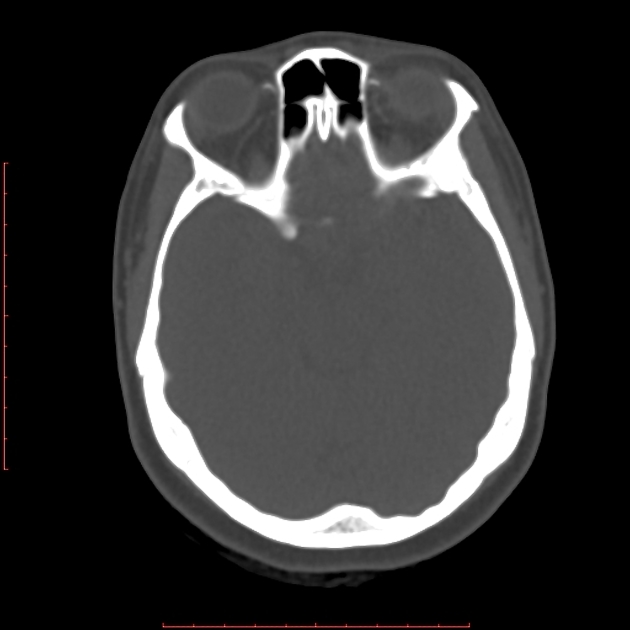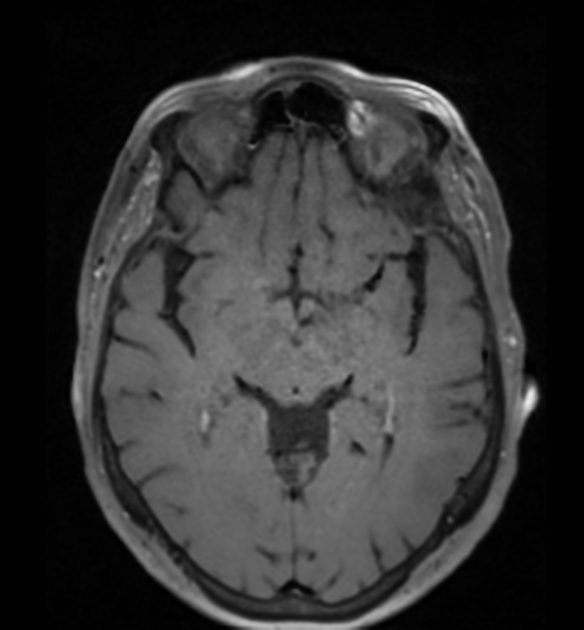Citation, DOI, disclosures and article data
Citation:
Buemi F, Smith D, Bell D, et al. Trochlea (eye). Reference article, Radiopaedia.org (Accessed on 27 Mar 2025) https://doi.org/10.53347/rID-94128
The trochlea is a cartilaginous structure acting as a pulley for the superior oblique muscle of the eye.
The trochlea inserts on the trochlear fovea and spine located on the anteromedial part of the orbital roof. The tendon of superior oblique muscle passes through it 1.
Function
The function of the trochlea is to allow the superior oblique muscle tendon to quickly change its direction 2.
History and etymology
Trochlea derives from the Greek word "τροχιλεία" (trochileia) which means pulley 4.
Some pathologic conditions may alter the passage of the superior muscle tendon through the trochlea causing Brown syndrome 3.
-
1. Bron A.J., Tripathi R.C., Tripathi B.J. (2001) The extraocular muscles and ocular move-ments. In: A. Bron, R. Tripathi, B. Tripathi. Wolff's Anatomy of the Eye and Orbit, 8Ed. (1998) ISBN: 9780412410109 - Google Books
-
2. Demer J. Pivotal Role of Orbital Connective Tissues in Binocular Alignment and Strabismus: The Friedenwald Lecture. Invest Ophthalmol Vis Sci. 2004;45(3):729-38; 728. doi:10.1167/iovs.03-0464 - Pubmed
-
3. Lang M, Faraji N, Coffey M, Badve C. MRI of Acquired Brown Syndrome: A Report of Two Cases. Radiol Case Rep. 2018;13(1):92-5. doi:10.1016/j.radcr.2017.09.025 - Pubmed
-
4. James Diggle. The Cambridge Greek Lexicon. (2021) ISBN: 9781108836982 - Google Books
Promoted articles (advertising)






 Unable to process the form. Check for errors and try again.
Unable to process the form. Check for errors and try again.